Known today only as the first wife of Colin Campbell Cooper, Emma Lampert Cooper (1855-1920) was as highly regarded as a painter, but since her death her works have all but vanished.
Emma Lampert, as she was then, was born to a German immigrant leather tanner, in Nunda, New York. When she was young, her father’s business flourished, and they moved to Rochester. She studied at Wells College, Aurora, New York, and at first developed her painting through friendship with a local millionaire, who owned an art gallery. She thus had her own studio in her friend’s city premises between 1870-1886. She was a founder member of Rochester Art Club in 1877, eventually rising to be its president in 1889.
She attended the Art Students League in New York City, where she was taught by William Merritt Chase and Agnes Abbatt, and attended Cooper Union. In 1886, she travelled to Paris, where she studied under Harry Thompson, and had a landscape exhibited at the Paris Salon in 1887. She also studied under Hein Kever in Holland in 1891, and at the Académie Delécluse in Paris. She went to Holland again in 1895, where she met Colin Campbell Cooper, whom she was to marry in 1897.
She had started teaching by 1888. After her marriage in 1897, the couple moved to Philadelphia, but also kept a studio in New York City. She travelled frequently with her husband, returning to Europe on several occasions, and was with him on board RMS Carpathia in 1912 when it rescued survivors from the loss of the Titanic. The Coopers were then on their way to visit India, where they painted extensively.
These are the few paintings of hers that I have been able to find images for. I apologise for their small size, and for the lamentable lack of detail on them.
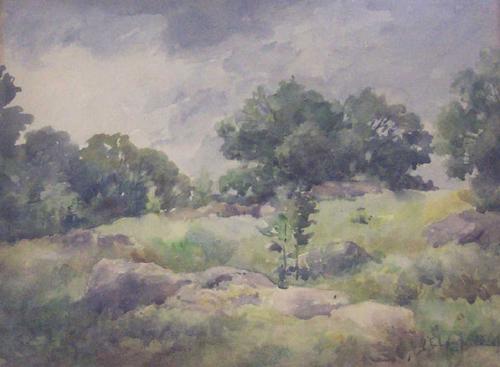


The Breadwinner (1891) received an award at the Chicago World’s Exposition in 1893.
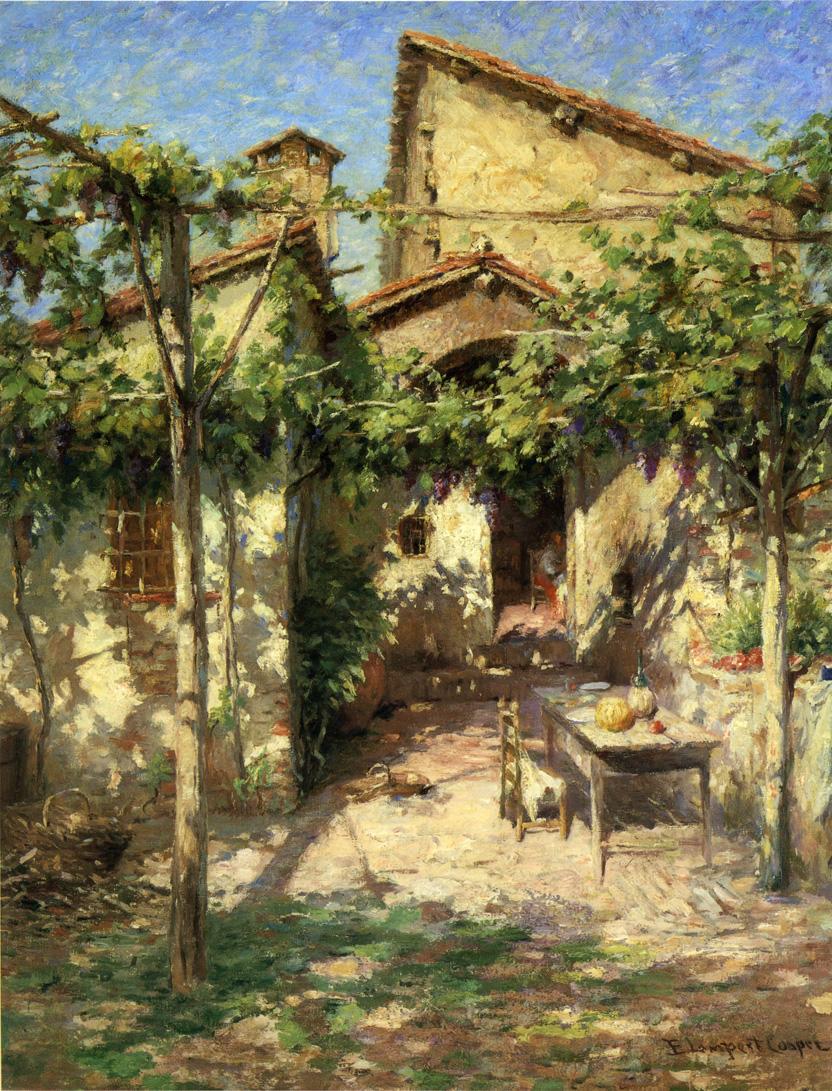

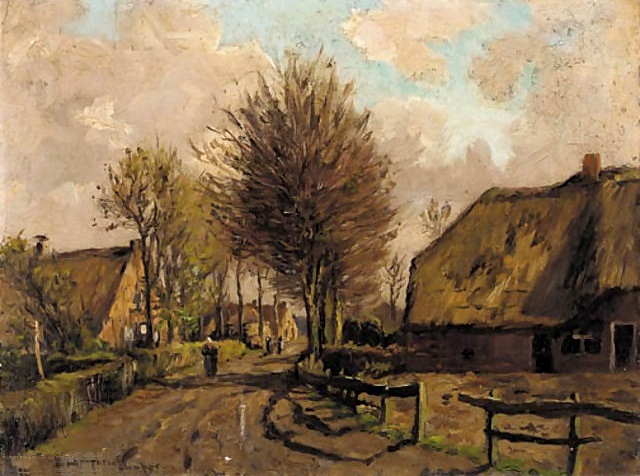

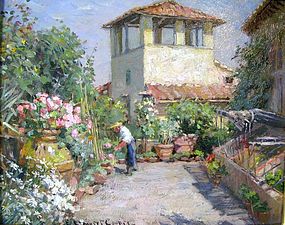
Villa Terrace (before 1910) was painted at Arcetri, Florence, Italy.
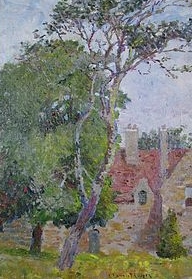
In 1915, the Coopers exhibited the paintings which they had made when they visited India, at the Memorial Art Gallery, Rochester. Her husband, Colin Campbell Cooper, showed a total of 21 paintings, and Emma Lampert Cooper showed 22. Her work received similar – if not more enthusiastic – critical acclaim at the time.
Colin Campbell Cooper‘s paintings are now in 36 major public collections, including the Metropolitan Museum of Art, Brooklyn Museum of Art, Musée du Luxembourg (Paris), the National Museum of American History at the Smithsonian Institution, and the White House.
Emma Lampert Cooper’s paintings are now in just four smaller public collections.
Would it be wrong to conclude that public collections were and remain prejudiced against women painters?
Reference

